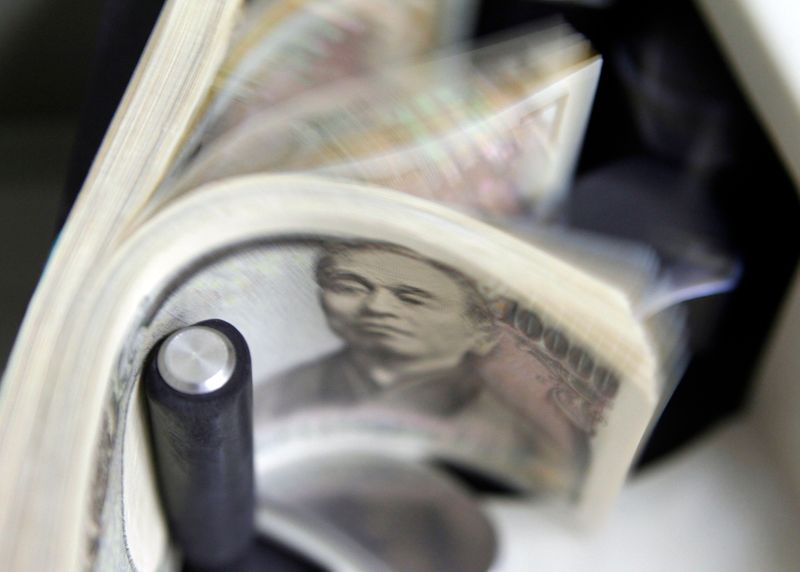Intel stock extends gains after report of possible U.S. government stake
The Bank of Japan (BOJ) revealed that Japan experienced a sharper-than-anticipated slowdown in producer price gains for October, reaching the lowest level in two years and supporting views that inflationary pressures may be subsiding. The year-on-year increase in input prices for Japanese companies was a modest 0.8%, which is below the expected 0.9% rise and represents the slowest growth since March 2021. On a month-on-month basis, producer prices fell by 0.4%.
This cooling in producer prices contrasts with the 2.8% rise in core consumer prices seen in September, suggesting that inflation for materials is not keeping pace with the central bank's main inflation measure for the second month in a row. The BOJ is set to release consumer inflation data for October on November 24.
The decline in producer prices reflects the BOJ's assessment that inflationary trends are moderating and warrant close observation to see if this easing continues. The report highlighted notable decreases in lumber and utilities costs relative to last year. Nonetheless, the recent depreciation of the yen, which has crossed the 150 threshold against the dollar, may lead to increased import costs—a development the BOJ will need to monitor closely.
The fact that input price gains are not meeting the BOJ's 2% target indicates that cost-push inflation alone may not be sufficient to maintain inflation above this benchmark.
This article was generated with the support of AI and reviewed by an editor. For more information see our T&C.
